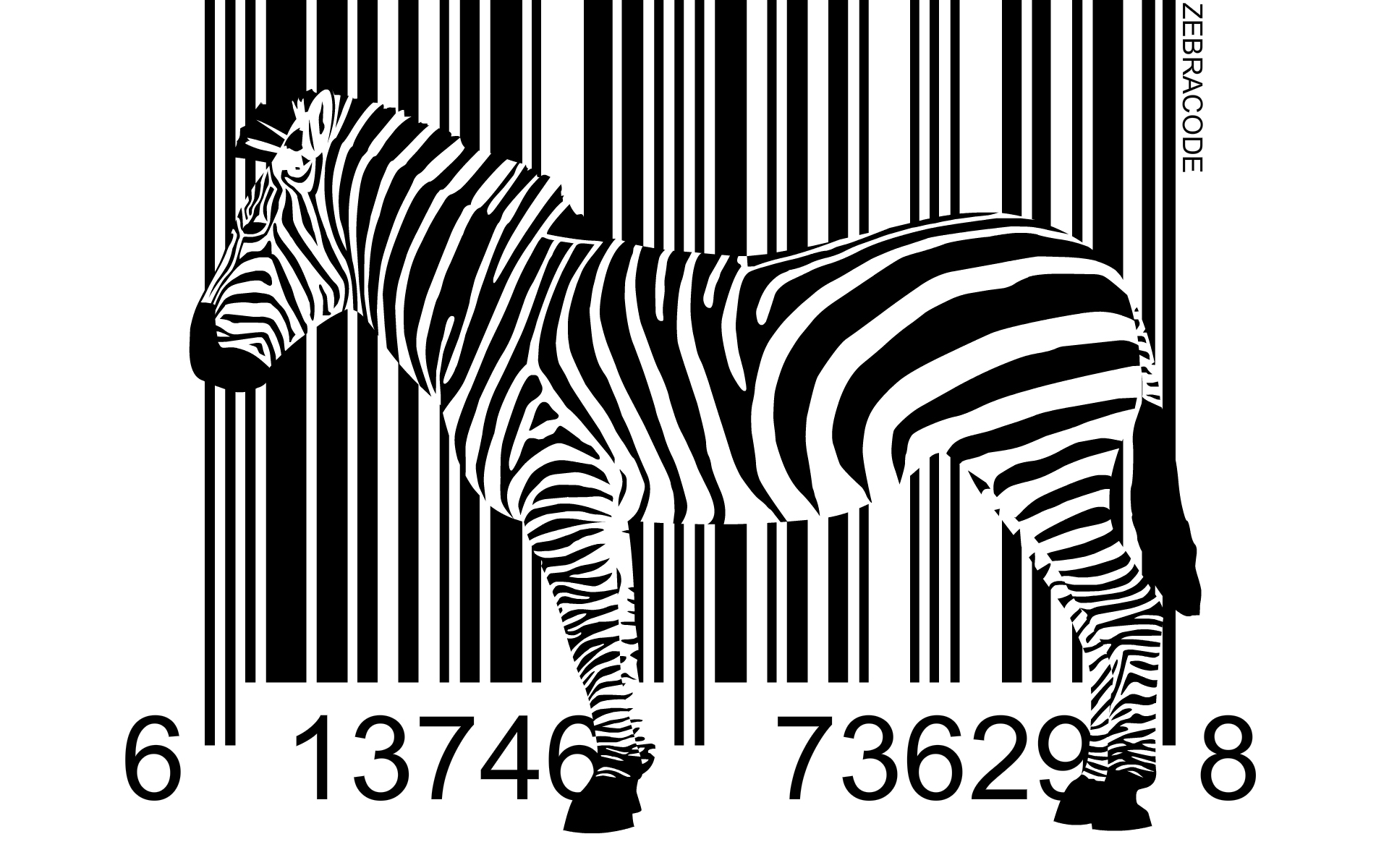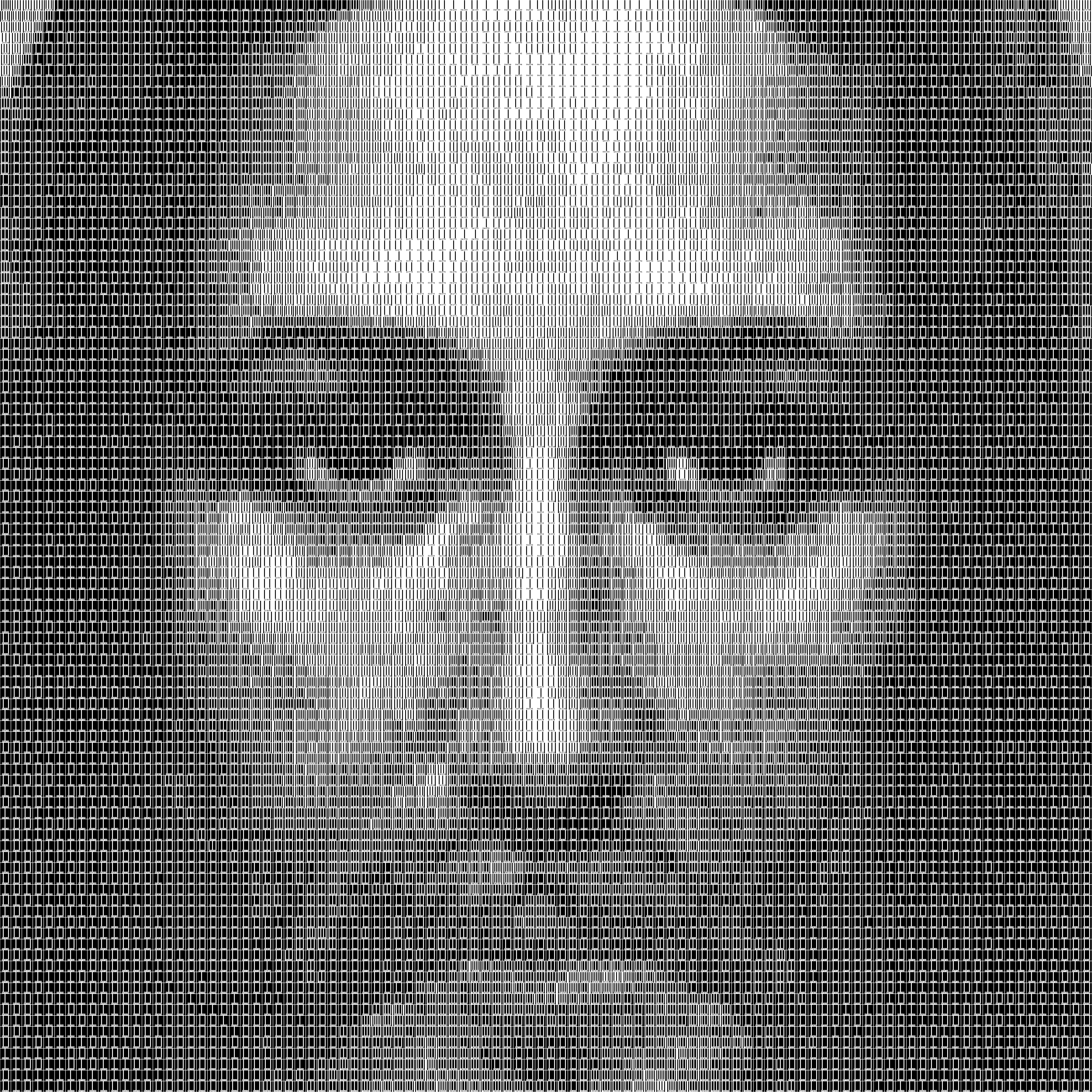|
L'idea dei "Codici a Barre" fu sviluppata da
Norman Joseph Woodland e Bernard Silver,
all'epoca studenti di ingegneria dell'Università di Drexel.
Il 7 Ottobre 1948 l'idea nacque dopo aver ascoltato le esigenze di automatizzare le operazioni di cassa da parte del presidente di un'azienda del settore alimentare. Una delle prime idee era stata quella di utilizzare il Codice Morse stampato ed esteso in senso verticale, realizzando così barre strette e barre larghe. In seguito utilizzarono dei codici a barre ovali e brevettarono la loro invenzione. I primi tentativi di riconoscere i codici a barre con un Fotomoltiplicatore originariamente utilizzato per la lettura ottica delle bande audio dei film non ebbero successo: l'eccessivo rumore dei dispositivi termoionici, il calore generato dalla lampada utilizzata per l'illuminazione e il peso risultante dall'insieme erano ostacoli insormontabili. Il successivo sviluppo della Tecnologia Laser permise ai lettori di essere costruiti a prezzi più accessibili e lo sviluppo dei circuiti integrati permise la decodifica vera e propria dei codici. Nel 1972, un grande magazzino di Cincinnati fece degli esperimenti con un lettore con l'aiuto della RCA, ma i codici a barre ovali si macchiavano facilmente o si producevano delle sbavature durante la stampa, per cui l'esperimento fu un insuccesso. Nel frattempo, Woodland sviluppò presso IBM i codici a barre lineari, che furono adottati il 3 Aprile 1973 con il nome "UPC" (Universal Product Code). Il 26 Giugno 1974 presso un supermarket a Troy, nell'Ohio, il primo prodotto (un pacchetto di gomme americane) veniva venduto utilizzando un lettore di codici a barre. Quel pacchetto di gomme si trova ora nello Smithsonian's National Museum of American History. |
| Quiet Zone |
Start | Left Numerical Digits | Middle | Right Numerical Digits | End | Quiet Zone |
||||||||||||||||||
|---|---|---|---|---|---|---|---|---|---|---|---|---|---|---|---|---|---|---|---|---|---|---|---|---|
| 0 | 1 | 2 | 3 | 4 | 5 | 6 | 7 | 8 | 9 | 0 | 1 | 2 | 3 | 4 | 5 | 6 | 7 | 8 | 9 | |||||
|
The UPC-A barcode is an optical pattern of bars and spaces that
format and encode the UPC digit string.
Each digit is represented by a Unique Pattern of Two Bars and Two Spaces. The bars and spaces are Variable Width; they may be 1, 2, 3, or 4 units (modules) wide. The total width for a digit is always 7 modules. To represent the 12 digits of the UPC-A code requires a total of 7×12 = 84 modules. A complete UPC-A includes 95 modules: the 84 modules for the digits (L and R) combined with 11 modules for the start, middle, and end (S, M, and E) patterns. The S and E patterns are 3 modules wide and use the pattern bar-space-bar; each bar and space is one module wide. The M pattern is 5 modules wide and uses the pattern space-bar-space-bar-space; each bar and space is one module wide. In addition, a UPC symbol requires a quiet zone (additional space modules) before the S pattern and another quiet zone after the E pattern. Numbers on the right side of the middle guard bars are Optically the Inverse of the numbers to the left. In other words, while a number on the left side of the UPC will be made up of black bars and white spaces, the same number on the right side would be indicated by the inverse (what was black on the left is now white and what was white is now black). This inversion enables the bar code to be scanned from left-to-right or right-to-left. Left-side digits consist of an even number of white spaces and an odd number of black bars. Right side digits are the opposite. Using this difference, the scanning software knows if it read the code the correct way or upside down. In the illustration above, the "4" digit (shown in detail) is bar × 1, space × 1, bar × 3, space × 2. If the "4" digit were on the left hand side it would be space × 1, bar × 1, space × 3, bar × 2. |
|
|
Cifra a sinistra | 0 | Cifra a destra |
|
|
|
Cifra a sinistra | 1 | Cifra a destra |
|
|
|
Cifra a sinistra | 2 | Cifra a destra |
|
|
|
Cifra a sinistra | 3 | Cifra a destra |
|
|
|
Cifra a sinistra | 4 | Cifra a destra |
|
|
|
Cifra a sinistra | 5 | Cifra a destra |
|
|
|
Cifra a sinistra | 6 | Cifra a destra |
|
|
|
Cifra a sinistra | 7 | Cifra a destra |
|
|
|
Cifra a sinistra | 8 | Cifra a destra |
|
|
|
Cifra a sinistra | 9 | Cifra a destra |
|

|

|

|

|

|






